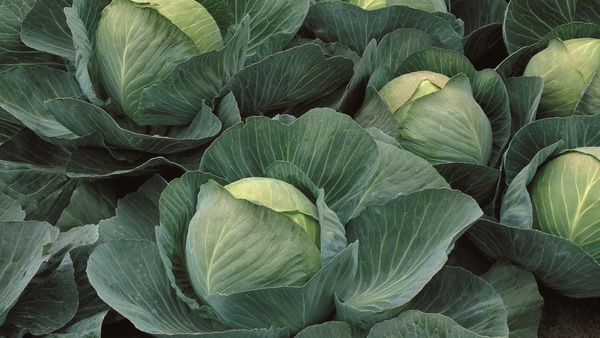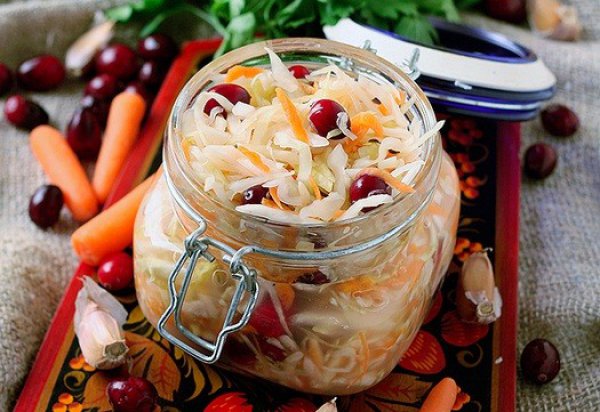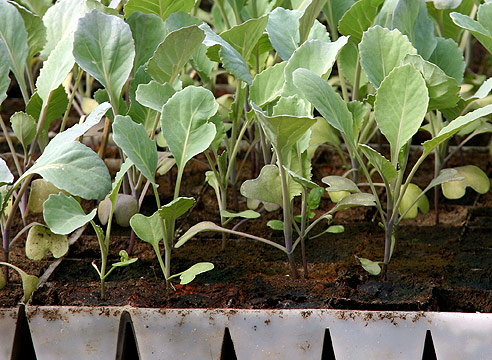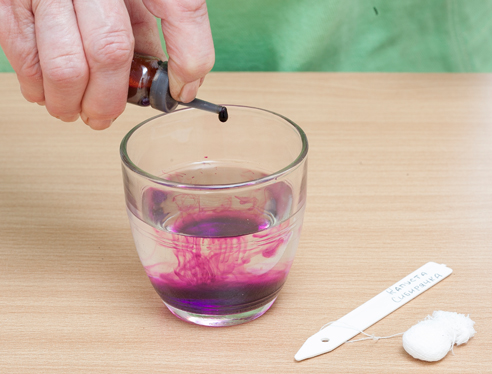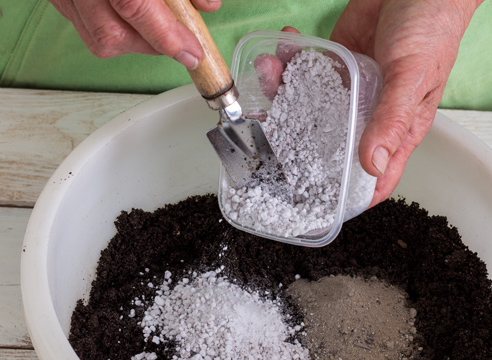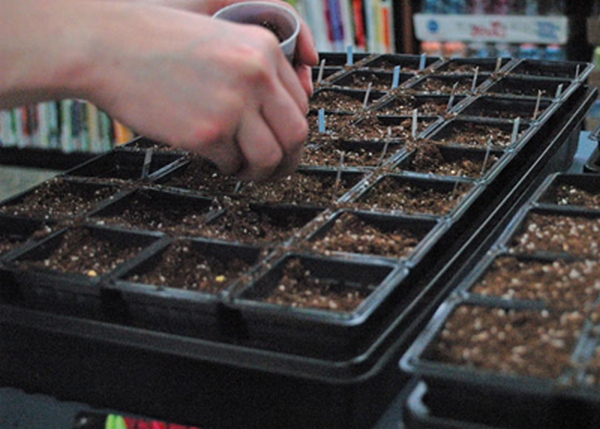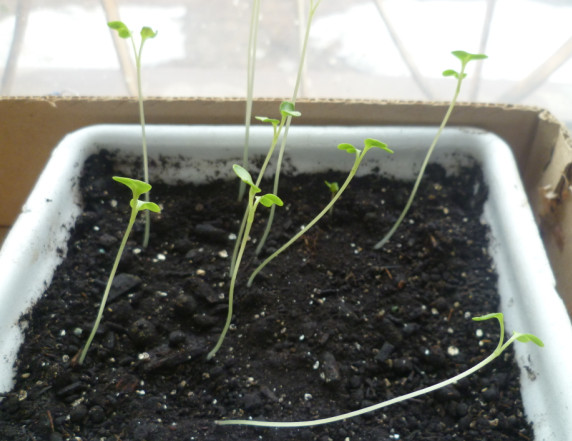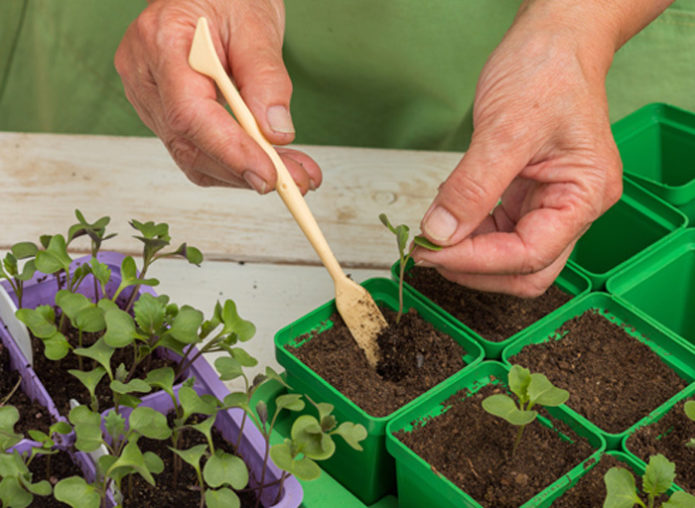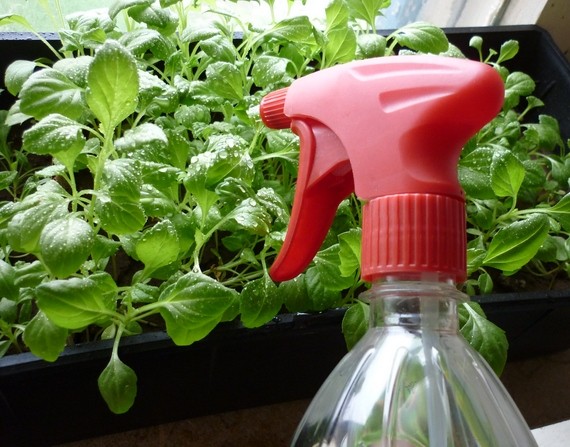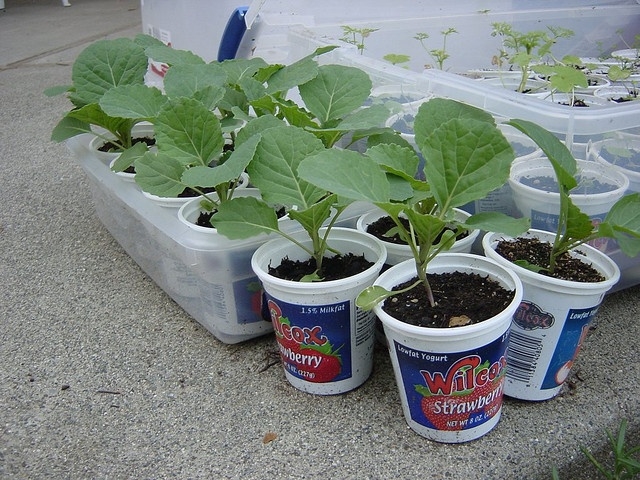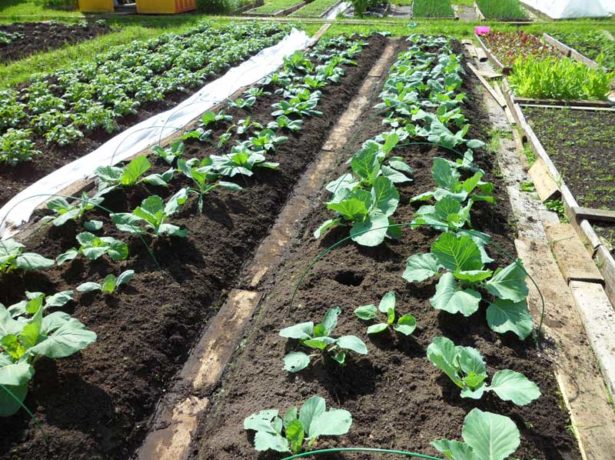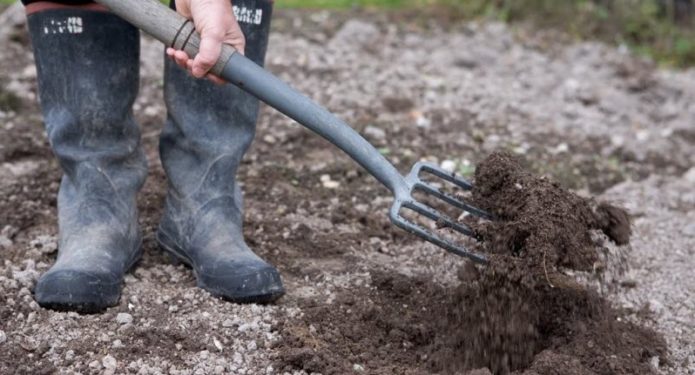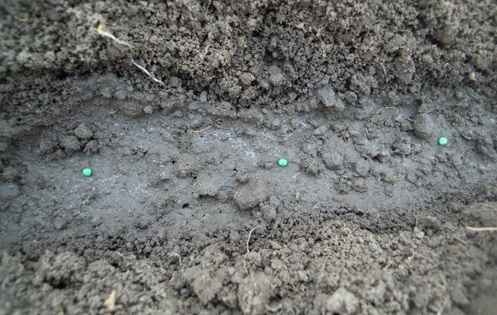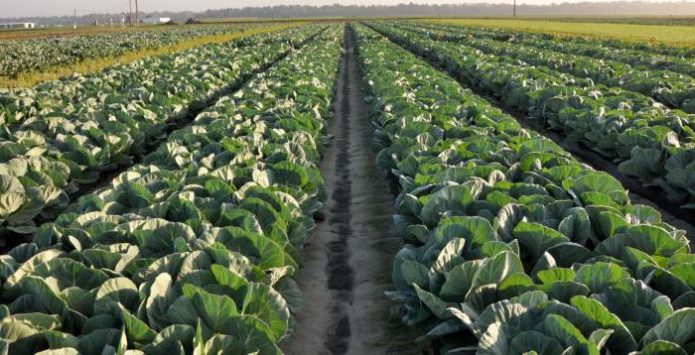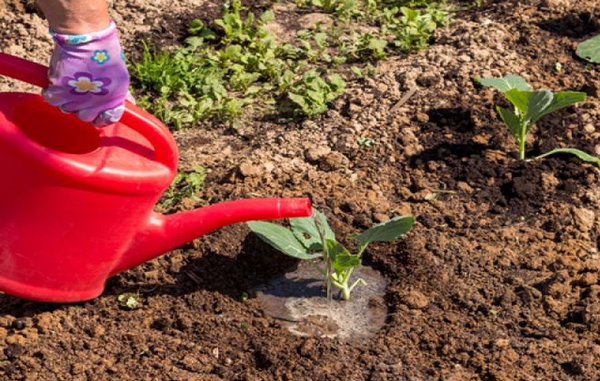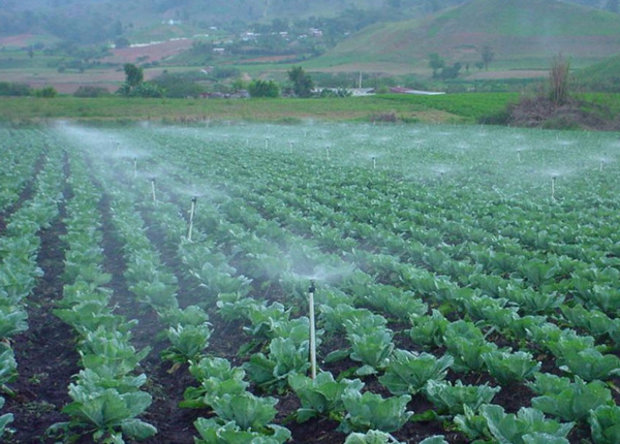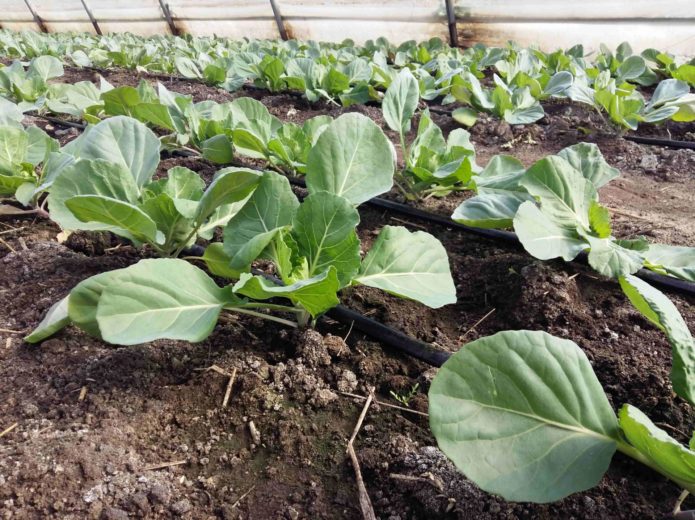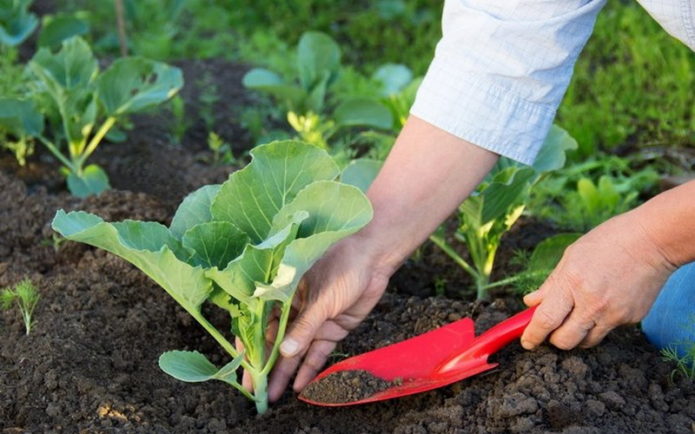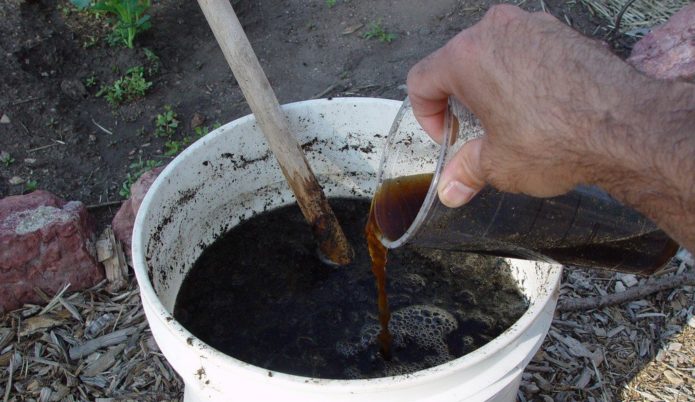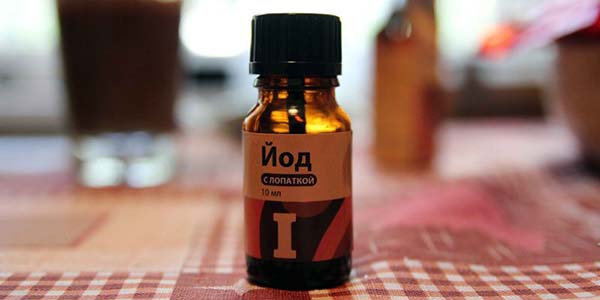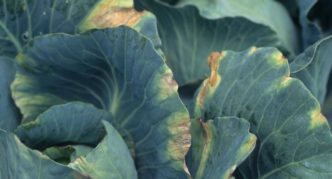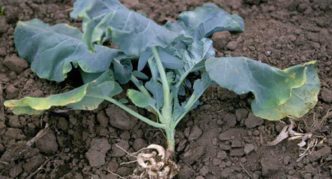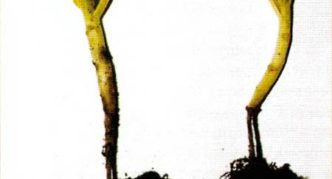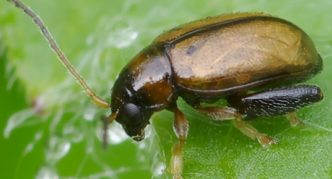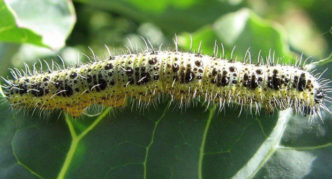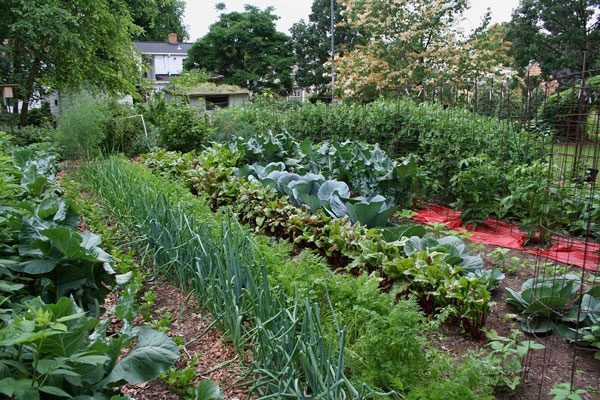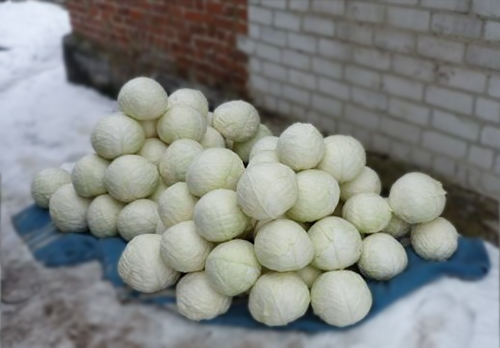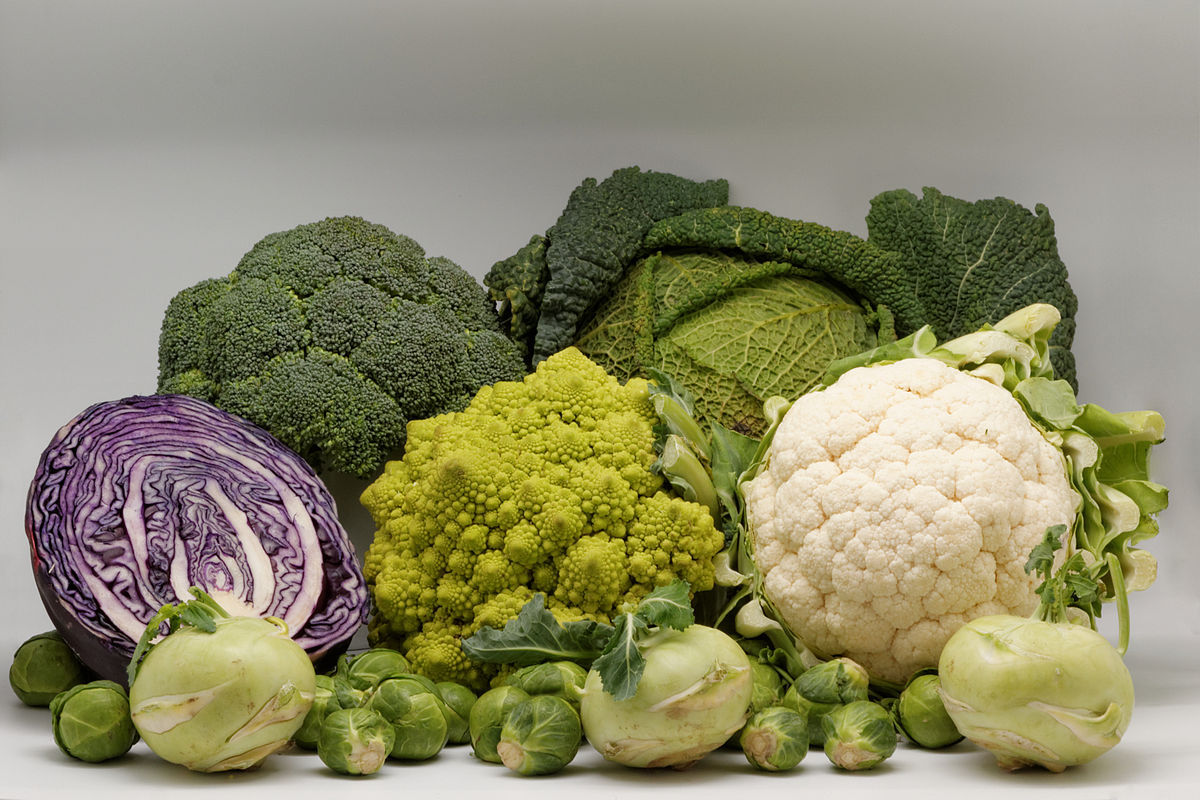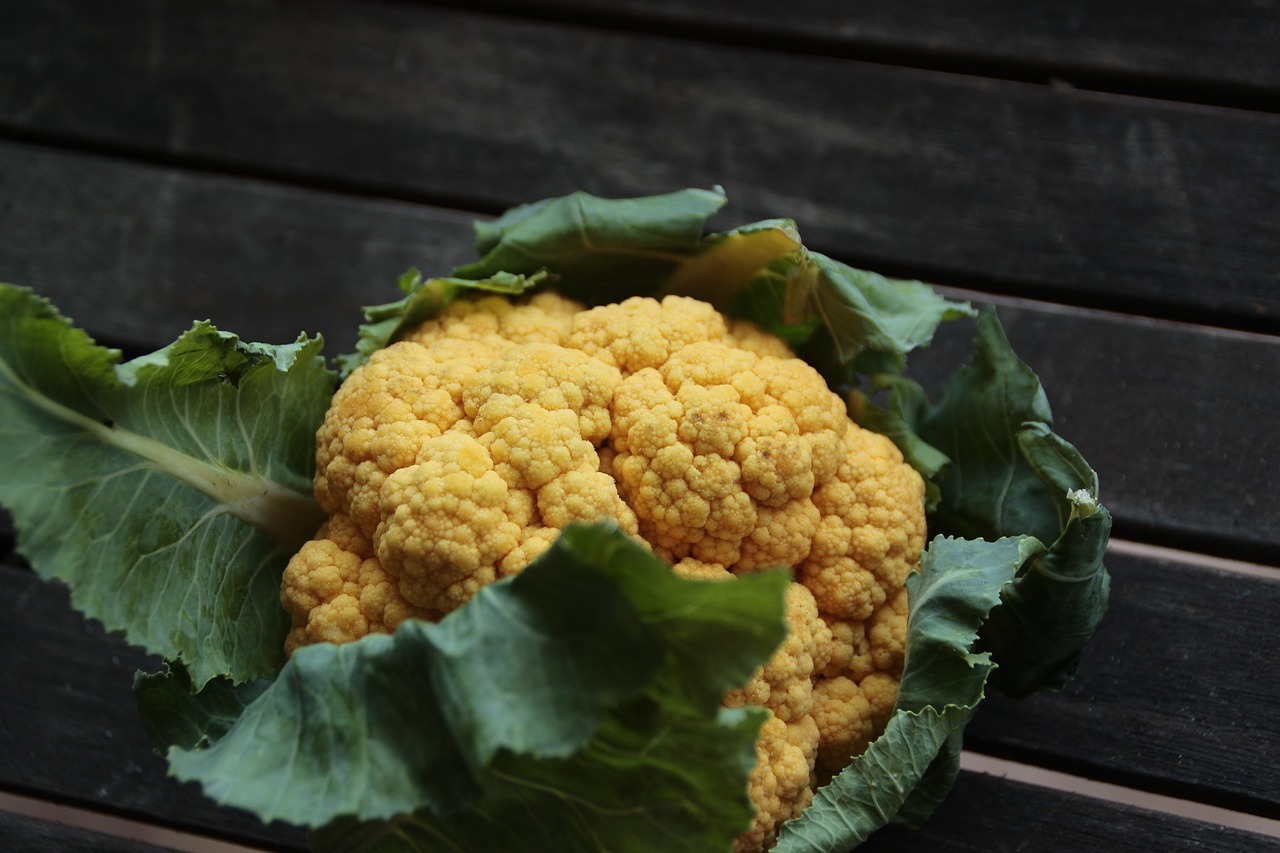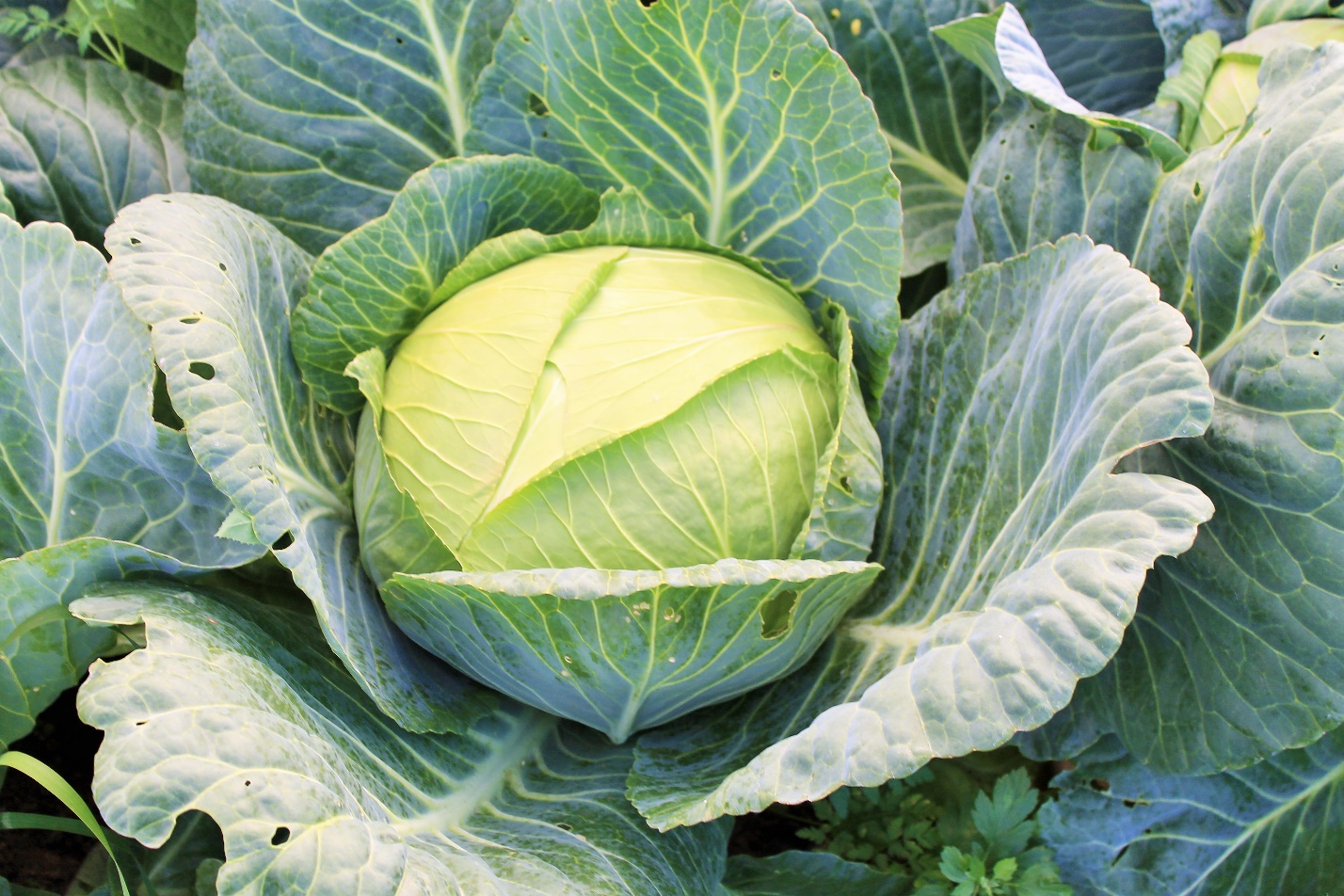It is not for nothing that cabbage is called a garden lady. She is the main favorite of our summer residents. Delicious, juicy and healthy cabbage is appreciated for its high yield, the ability to keep fresh for a long time. It is also good in fermented form, completely preserving all vitamins, which is especially important in winter. Among the late varieties used for pickling and pickling, Atria cabbage is very popular, harmoniously combining high yields and excellent taste.
Content
Description and characteristics of Atria cabbage
The Atria white cabbage hybrid is the result of the work of the Dutch breeders of the Monsanto company. In 1994, it was included in the State Register and recommended for cultivation in the North-West, Volgo-Vyatka, Central Black Earth, Ural, West Siberian and East Siberian regions.
This is a late ripening variety, the ripeness of the heads of cabbage occurs on the 137-147th day after germination. The harvest is formed amicably and is perfectly preserved in the field for a long time. The average yield is 34.8 t / ha, while growing on fertile lands with regular irrigation, higher indicators were obtained - 104.6 t / ha.
Cabbage grows with a powerful leaf apparatus, forming a semi-raised rosette. Medium-sized concave leaves have a dark gray-green color with an anthocyanin tint. The leaf blade is broadly oval in shape, slightly bubbly, with a strong waxy coating and a concave light green midrib. Small, rounded head of cabbage, half open, with covering leaves of green-gray color with an anthocyanin tint. The inner stump is very small. The dense, thin, uniformly filled structure of the head forms the distinctive qualities of the variety - good keeping quality, heavy weight and excellent transportability. Cabbage does not deform even under strong compression.
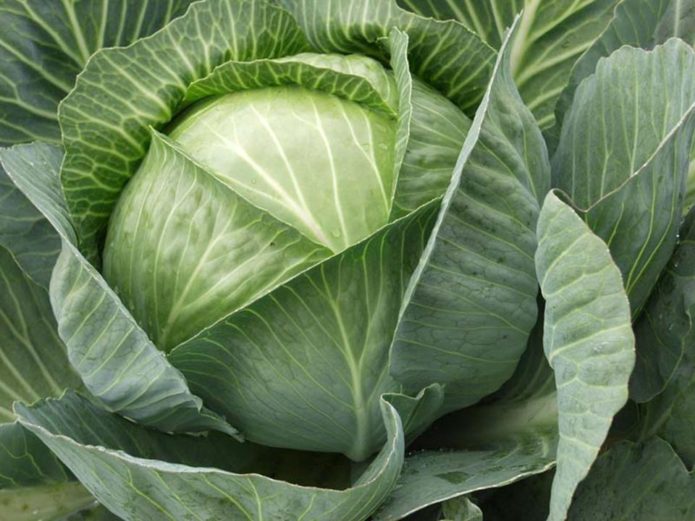
A dense head of Atria cabbage does not crack and retains its presentation during transportation and storage
Atria is a popular brand, especially among the farmers of the North Caucasus. It was there that the heads of cabbage with a record weight of 16 kg were obtained. The average weight of cabbage is 1.5–3.7 kg.
The popularity of the Atria hybrid is also explained by the fact that it is resistant to gray mold - the most common and harmful disease of cabbage.
The delicate structure of the heads is suitable for fresh use and for pickling. They are also recommended for industrial processing.
Summarizing all of the above, we can note the following advantages of the hybrid:
- high leveling of heads of cabbage;
- resistance to cracking;
- weak susceptibility to gray rot;
- excellent taste, which only improves when stored in winter.
Video: characteristic of Atria cabbage
Features of growing cabbage Atria
Late-ripening cabbage can be grown through seedlings or directly sown in open ground. In areas of risky farming, the seedling method is preferable, since in the short northern summer, the heads of cabbage may not have time to ripen or fall under early autumn frosts. If the cabbage freezes, the cut forks will not store well.
Forcing seedlings
Growing through seedlings is a more time-consuming process than sowing seeds directly into the garden, but at the same time, the maturation time of cabbage is reduced to 137 days.
Sowing seeds for seedlings
Planting seedlings of the late-ripening Atria variety begin from the first days of April. Sowing can be carried out all month. Seeds are germinated in nurseries with transplanting into pots or in separate containers - in this case, picking is not needed.
Before sowing, untreated seeds should be disinfected in a 2% solution of Trichodermine or manganese, and then immersed in water heated to +50 ° C for 15 minutes. Such hydrothermal treatment is not terrible for the embryos of seeds, but it completely destroys pathogenic bacteria. Wet seeds are placed in a refrigerator (+ 1–2 ° С) for a day, then they are dried and sowing is carried out.
Sowing cabbage with seeds is as follows:
- For seedlings, use a purchased substrate or prepare a nutrient mixture from humus, earth and sand (1: 1: 1).
- The prepared soil mixture is spilled with a solution of Trichodermin or Fitosporin-M and laid out in containers.
- In a common box, the seeds are sown in rows of 1 × 3 cm, deepening by 1 cm, 2-3 seeds are placed in a separate pot or cell.
- Sprinkle them with a substrate, moisten them with a spray bottle and put them under a film. In such a greenhouse with a temperature of + 20–25 ° C after 4–5 days, seedlings appear, which must be thinned out.
- In the nursery, the distance between the shoots is increased to 2 cm, 1 strong seedling is left in the pot, the weaker ones are cut off.
It is very important to observe temperature and light conditions during the seedling period. The seedlings freed from the film are transferred for a week to a bright, but cooler place (10–12 ° C), irrigated with settled water regularly. In the future, the seedlings are maintained at a comfortable temperature of + 20-22 ° C, the soil moisture is monitored, and additional lighting is used if necessary.
Seedling picking
In the cotyledon phase, the seedlings are transplanted from a common container into separate containers in this way:
- After watering, the seedling taken out of the box is planted in a cup together with damp soil.
- Sprinkle it with earth, deepening it to the cotyledon leaves, and do not water it for the first 2 days.
Top dressing of seedlings
To get strong seedlings, it must be fed. In total, three dressings are carried out:
- With the opening of the first true leaf, fertilizing watering is carried out (1 ml of Agrostimul is dissolved in 1.7 l of water).
- After a week, fertilize with a solution of chicken manure (1:20), slurry (1:10) or urea (20 g / 5 l).
- The last feeding is carried out on the eve of transplanting to the garden: the seedlings are fertilized with a solution of Nitrofoski (15 g / 5 l) or a liquid mineral composition of 15 g of ammonium nitrate, 10 g of potassium salt, 40 g of superphosphate / 5 l.
Hardening cabbage
White cabbage is a cold-resistant crop that can withstand temperatures down to –5 ° C at the age of seedlings. But nighttime cold snaps or midday heat can destroy pampered seedlings grown indoors. Therefore, before transplanting into open ground, the seedlings should be hardened.
They do it in the following sequence:
- First, the vents are slightly opened, letting in fresh, cooler air into the room.
- Then the boxes with the seedlings are transferred to the loggia or veranda.
- Then they take them out into the garden.
After a week of hardening, the plants become stronger and quickly adapt to new living conditions.
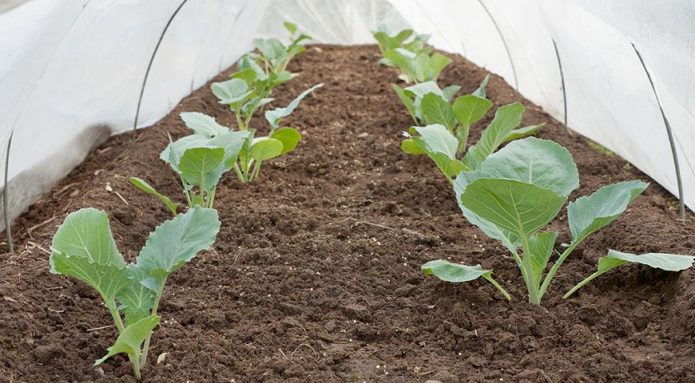
Cabbage seedlings develop well in greenhouse conditions, protected from the cold and bright spring sun
Planting seedlings in the ground
The seedling period for late-ripening Atria cabbage lasts 30–35 days. Seedlings by this time grow to a height of 10–12 cm and have 2–3 pairs of true leaves. An open, light area is allocated under the cabbage ridges, where pumpkin, zucchini, cucumbers, onions, carrots, peas and beans were grown last season. Sowing a vegetable crop after clover, timothy and lupine has a beneficial effect on the yield.
An open sunny area is allocated under the cabbage beds, since, experiencing a lack of light, the cabbage does not develop well, the lower leaves begin to turn yellow and die off, the head of cabbage is not tied.
The best soils for culture are fertile sandy loam and loamy soils with neutral acidity. It is not difficult to determine the acidity level of the soil ourselves - by the grasses that grow on the site. On acidic soil, they grow rapidly:
- biting,
- mother and stepmother,
- sorrel,
- horsetail,
- plantain.
In this case, it is necessary to use a deoxidizer: when digging, add dry lime (500 g / m2) or liquid Gumi Lime (0.5 l / m2), which also saturates the soil with useful trace elements.
Given the instability of cabbage to the pathogens of the keel, it is possible to grow it after crucifers only after 4 years. The source of infection is the spores of the fungus, which are in the soil and retain their viability for a long period.
When choosing a plot for cabbage, do not forget about the successful neighborhood of crops. Cabbage gets along well with cucumbers, dill, potatoes, but grows poorly next to grapes, strawberries, tomatoes.
Prepare cabbage beds in this way:
- In autumn, after digging and removing weeds to increase fertility, Biohumus is added to the soil (700 g / m2) or humus (10 kg / m2).
- In the spring, ammonium nitrate (30 g / m2) is added to the loosened soil2), mark rows and make holes. Planting scheme for cabbage - 60 × 40 cm.
- In each well, filled with a handful of ash or 15 g of superphosphate and poured with 500 ml of water, place one seedling, carefully removed from the glass along with a lump of earth, and sprinkle it until the cotyledons.
- At first, the planted plants are covered with a film or spunbond to protect against possible cold snaps at night and too bright sun during the day.
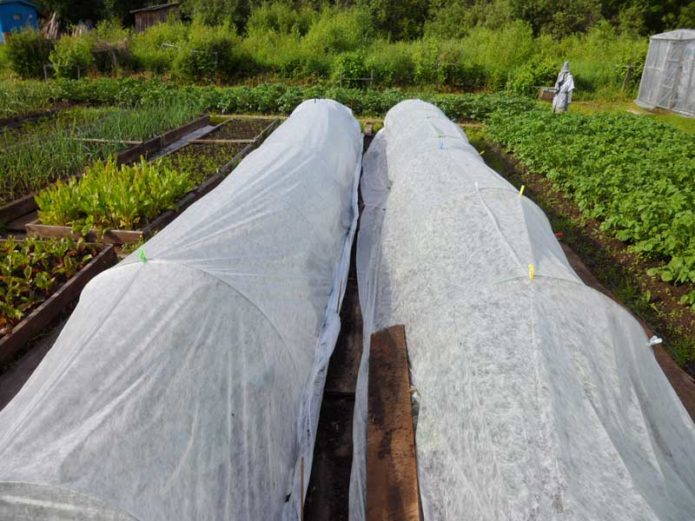
The planted cabbage seedlings should be covered for the first time with agrofibre, protecting from night cold snaps and too bright sun in the daytime
Seedlings are planted in cloudy weather or in the evening to protect young seedlings from the bright sun.
Video: how to properly plant cabbage seedlings in open ground
Sowing cabbage with seeds in the ground
In the central regions, late-ripening Atria cabbage is usually grown in a seedless way, but the heads of cabbage will take a longer period of time to ripen - about 147 days. They act as follows:
- The garden bed, filled with humus since autumn, is dug up at the end of May and after the introduction of complex fertilizer (45 g / m2) are divided into rows.
- Grooves 1 cm deep are spilled with a hot solution of potassium permanganate and the seeds are laid out according to a 60x40 cm pattern. Put 4–5 pieces in each hole, sprinkle and cover with agrofibre.
- Under cover at + 20 ° C, seeds germinate in 4–5 days. If the weather is cold, the sprouts will appear much later, after 14 days.
- After the cotyledon leaves open, the cabbage is thinned out, cutting off the frail sprouts and leaving 2 strong plants in the hole.
- Thinning again in the phase of 4 leaves, removing the weaker seedling. Such a loose planting contributes to the active development of plants and the formation of large dense heads of cabbage. With a small area of nutrition, the growth of cabbage slows down, the amount of vitamins in it decreases.
How to care for Atria cabbage outdoors
Even with all the advantages of a hybrid variety, non-compliance with agricultural technology can lead to loss of yield. The late variety needs plenty of sunshine, nutrition, and moisture for the forks to fully mature. Only the finally ripe heads of cabbage can be stored for a long time. Throughout the growing season, it is necessary to monitor soil moisture, feed cabbage and carry out preventive treatments against pests.
Watering and loosening
A moisture-loving culture needs regular watering. Prolonged drought negatively affects cabbage - it stops growing, sheds leaves, loses juiciness. However, stagnant moisture in the soil prevents air exchange and can cause vascular bacteriosis.
Seedlings planted in the garden are watered every 2-3 days (8 l / m2), soaking the soil to a depth of 30 cm. During the period of setting the head of cabbage, moisture should penetrate to a greater depth, up to 50 cm, where the bulk of the roots is located. At the same time, the number of waterings is reduced to 1 time per week, but made more abundant (12 l / m2). A month before harvesting, watering is stopped so as not to cause cracking of the heads.
It is necessary to humidify not only the beds, but also the air: the ambient humidity, comfortable for cabbage, is 80%. Therefore, experienced summer residents use impulse nozzles or hoses for irrigation in extreme heat. Sprinkling method allows not only irrigating leaves and root zone, but also increasing air humidity.
But during the formation of the forks, this method of irrigation cannot be used - water should be applied only under the roots of plants along the grooves laid in the aisles, or using a drip system. Drip irrigation is carried out through dispensers in belts laid along the cabbage rows.The process of supplying water under pressure is fully automated, does not require the constant presence of a person, which is especially important when growing vegetables in large fields.
After moistening, the soil should be loosened to a depth of 7 cm, improving its air permeability.
No less important agricultural technique for cabbage is hilling. It is carried out 3 weeks after planting seedlings in the ground, again - after 10 days. The earth is carefully scooped up to the stems, filling them to the first leaves. The covered root gives a large number of new roots, which significantly improves nutrition, the bush keeps better in the ground and does not lie under the weight of the head of cabbage.
Nutrition for cabbage
The quantity and quality of the crop is largely dependent on nutrition.
Top dressing depends on the growing season and is carried out in the following sequence:
- At the beginning of growth, for intensive development and growth of green mass, it needs nitrogen. With the appearance of the first leaf, cabbage, sown immediately on the garden bed, is fertilized with Effekton (2 tablespoons / 10 l) at the rate of 500 ml per bush or urea (30 g / 10 l).
- When the third pair of leaves opens, mullein (500 ml / 10 L) or chicken manure (250 ml) with the addition of 1 tablespoon of Kemira is used as a nutrient solution. 1 liter of top dressing is consumed per bush. Or, fertilizing irrigation is carried out using ammonium nitrate (20 g / 10 l).
- Seedlings are also fed 2 weeks after transplanting into the ground.
Phosphorus and potassium are needed during the laying of cabbage heads. Adding a solution of Nitrofoska (30 g / 10 L), potassium superphosphate (30 g / 10 L) and potassium salt (15 g) will improve the taste of cabbage and strengthen its immunity. The use of liquid biohumus (200 g / 10 l) also contributes to a significant increase in soil fertility.
When forming the forks, experienced summer residents feed the cabbage with iodine (40 drops / 10 l). Apply 1 liter of solution to the moistened soil under the bush. After using iodine feeding, there is not only an increase in yield and improvement of green mass, but also an increase in the shelf life of heads of cabbage.
Another suitable fertilizer for cabbage is Mag-Bor, which contains the elements necessary for its growth:
- CaO (calcium) - 39%,
- MaO (magnesium) - 7.8%.
These elements accelerate the growth of cabbage, increase stress resistance and resistance to infections. Fertilizer is sold in powder form, which is diluted according to the instructions.
Video: feeding cabbage with Mag-Bor
Diseases and pests of cabbage
Atria cabbage practically does not suffer from gray rot. But she is susceptible to other infections:
- if crop rotation is not observed, there is a risk of keel development;
- violation of agricultural technology can cause damage to cabbage plants with black leg and vascular bacteriosis.
Table: cabbage diseases, their prevention and treatment
| Diseases | Pathogens and manifestations | Prevention | Treatment |
| Vascular bacteriosis | The causative agent is the aerobic bacteria Xanthomonas campestris pv. campestris (Pammel) Dowson. The disease can affect cabbage at all stages of development, greatly reducing the yield and impairing the nutritional value of the cabbage. Signs:
Over time, the affected plant parts die off. |
|
|
| Keela | The causative agent is the lower fungus Plasmodiophora brassicae. Poor soil permeability and acidic environment contribute to the spread of the disease. Young plants begin to lag behind in development; when transplanted to a site, swelling can be seen on the roots. Diseased seedlings often die without taking root in a new place, and the rooted one looks lethargic, weak, with yellow leaves and small forks |
|
|
| Blackleg | The causative agents of the disease are pathogenic fungi that pose a danger to newly emerged seedlings. The seedlings turn black and rot the stems near the roots. Diseased seedlings wither and dry out |
|
|
Photo gallery: cabbage diseases
- Vascular bacteriosis of cabbage is manifested by lightening of leaf plates and darkening of veins
- An outward sign of cabbage keel is leaf wilting.
- In cabbage seedlings affected by a black leg, the stem turns black in the root part
Cabbage is loved not only by people, but also by insects. She has a lot of pests, the main ones:
- cruciferous flea,
- slugs,
- caterpillars of cabbage whites.
Table: insects damaging cabbage
| Pests | Manifestations | Prevention | Measures |
| Cruciferous flea | Small insects cause great damage to cabbage, feeding on juicy leaves of seedlings, making small holes in them. With the onset of hot dry weather, gluttonous fleas quickly destroy entire plantings of vegetables - after their invasion, only veins remain from the leaves |
| Treat with a solution of 70% vinegar essence (1 tablespoon / 10 l), Actellika (20 ml / 10 l) |
| Slug | During the day, slugs hide in damp secluded corners of the site, and in the evening they crawl out onto cabbage beds and feed on juicy greens, leaving uneven holes on the leaves. Pests not only reduce the market value of the heads of cabbage, but can also destroy the crop |
| Spread the preparations with Metaldehyde in the aisles - Thunderstorm, Slime-eater, renewing the granules every 2 weeks. Stop using insecticide 2 weeks before heading |
| Cabbage white | The white butterfly lays eggs on the underside of a cabbage leaf, from which caterpillars emerge, feeding on juicy green flesh. Leaf-gnawing insects are especially active in the hot dry period, gnawing a significant part of the head of cabbage.Leaving particles of excrement between the leaves, they thereby attract other insects and provoke cabbage diseases |
|
|
Photo gallery: cabbage pests
- Cruciferous fleas leave holes on cabbage leaves
- Slugs feed on juicy cabbage greens
- Caterpillars of cabbage whites eat leaves and gnaw heads of cabbage
It is possible to protect vegetable plantings from harmful insects without the use of chemicals. For this, it is very important to find the neighbors in the garden that are necessary for the cabbage. Onions will help get rid of the cabbage fly, the pungent smell of celery will scare off the cabbage butterfly, spring garlic will protect you from the voracious cruciferous flea, and carrots and parsley will reliably protect you from the aphid invasion.
Harvesting
The crop is harvested at the end of October. In dry weather, the heads of cabbage are cut, leaving 2 cover leaves and a stump 3 cm long, and stored in a cellar with a temperature not higher than +2 ° C and an air humidity of 93–97%. The late Atria variety retains its presentation until spring, and the taste only improves over time. The leaves become less tough and become juicier.
If the late cabbage is frozen, it is immediately used for food. Frozen heads of cabbage will not lie for long and will soon start to deteriorate.
Reviews
I like late-ripening cabbage Atria! A large head of cabbage, juicy, tasty, excellent salted and stored in the cellar until June.
I recommend trying Atria and Novator - hybrids that are perfectly stored, while juicy, perfect for salads and pickling. We have been growing Atria for 10 years and are not going to give it up yet, and Novator won sympathy in a couple of years. In the current season, both hybrids have not cracked, unlike the Aggressor.
Advantages: less affected by thrips, resistant to fusarium wilting. Disadvantages: this is a hybrid - you cannot collect your own seeds, you need to buy every year. Atria cabbage, producer Holland is a medium late cabbage hybrid. The growing season is four months after planting. Heads of cabbage are round-flat in shape, on average they reach a mass of up to 8 kg, but large heads of cabbage have slightly tougher leaves, so I plant cabbage of this variety a little denser, and this in a row the distance between plants is 30 centimeters, and I make a row spacing of 60 centimeters. With this type of planting, heads of cabbage grow weighing about 3 kg with thin, delicate leaves. Cabbage of this variety is less susceptible to various kinds of diseases, with growth the heads of cabbage do not crack. It tolerates an arid climate well, it is perfectly stored subject to the temperature regime, and this is about +4 Celsius and a low humidity of the storage. In winter, you can make a salad, as with early spring cabbage. The taste is excellent, without bitterness, as is found in some varieties of domestic producers. An excellent hybrid for processing, especially for fermentation.
We were always fond of ordinary cabbage, I say this to the fact that when I saw the seedlings of Atria F1 for the first time, I somehow became wary in terms of a little unusual. Now I’m thinking: I’ll buy a few varieties and check everything myself this year for the taste and everything else, besides, I’m still almost a beginner, I grow only for myself. I will not use chemistry, I will plant a row of cabbage, a row of marigolds, they say there are no caterpillars.Made cabbage rolls from Atria F1, the taste is very peculiar, delicate, they immediately noticed, the difference is felt than with ordinary cabbage, perhaps all Dutch varieties are like that.
Domestic vegetable growers have liked Atria cabbage. It is grown with pleasure by both summer residents and farmers. This high-yielding Dutch hybrid has excellent taste, good keeping quality and is genetically resistant to disease. And the elasticity and juiciness of the leaves make this variety indispensable for fermentation.

